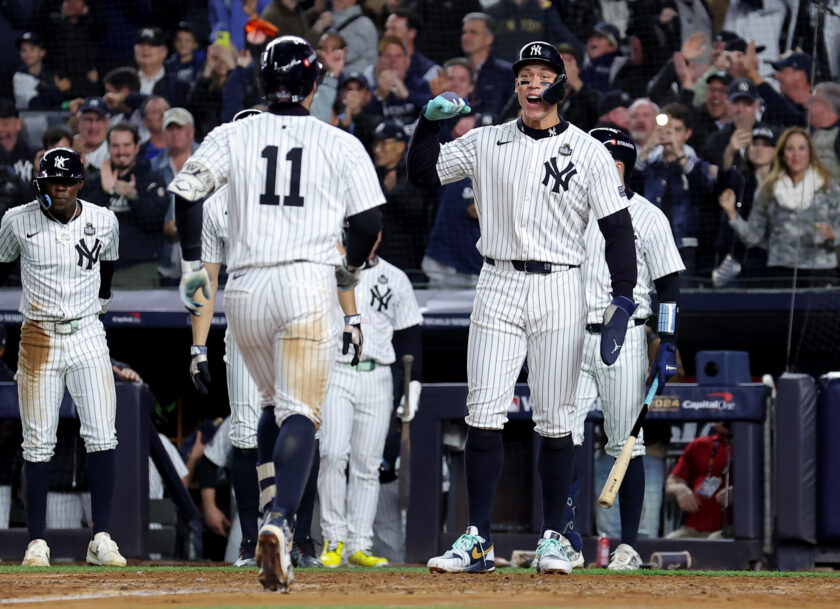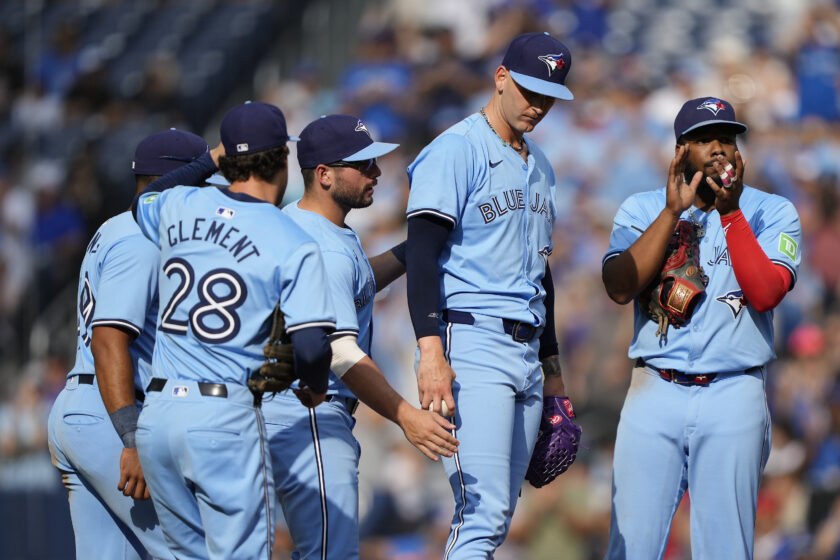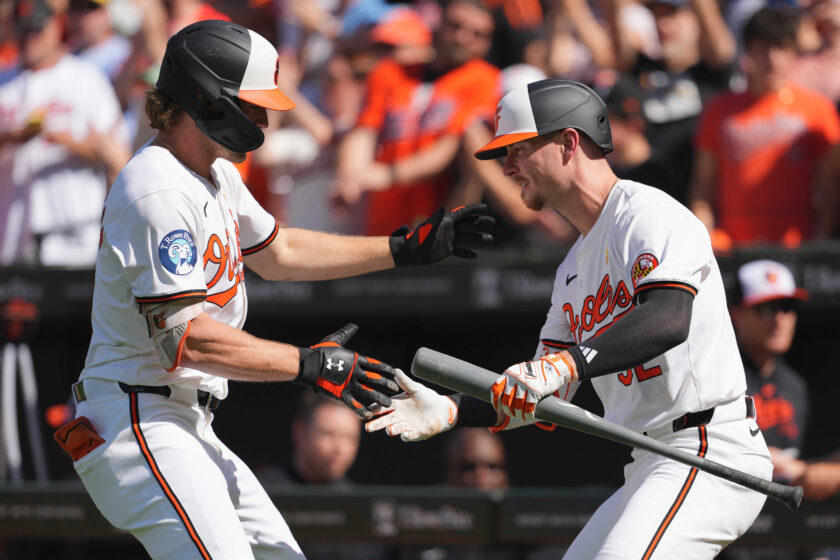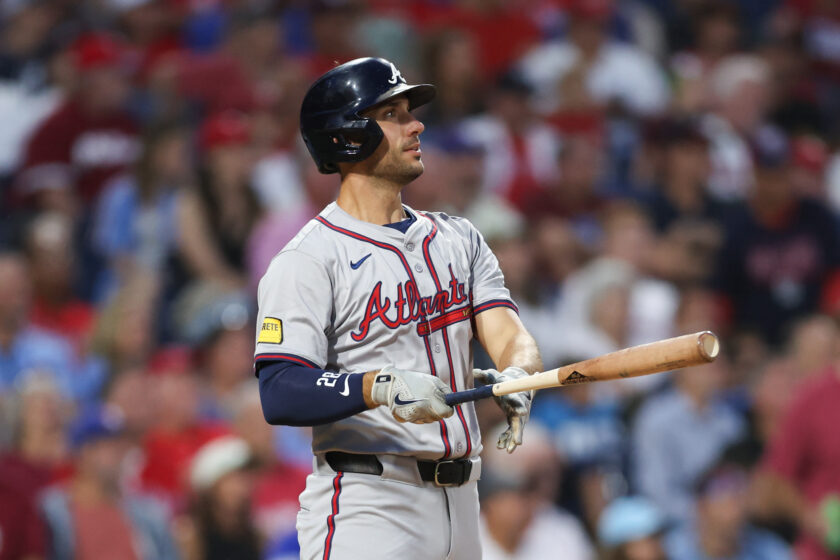How The Qualifying Offer Is Screwing Up MLB Free Agency
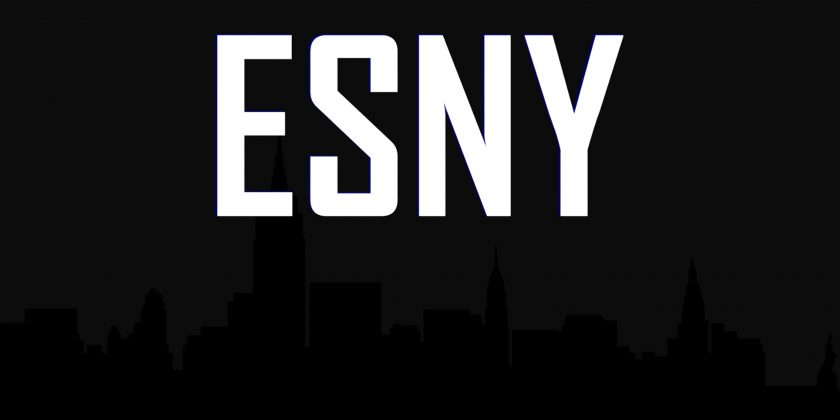
The qualifying offer has screwed up MLB Free Agency, with team’s becoming increasingly hesitant to lose out on draft picks.
By Justin Weiss
 In his acclaimed novel Unintended Consequences, author John Ross masterfully explored the unforeseen results of several integral pieces of United States gun control legislation.
In his acclaimed novel Unintended Consequences, author John Ross masterfully explored the unforeseen results of several integral pieces of United States gun control legislation.
A similar phenomenon emerged in Major League Baseball, when the qualifying offer was instituted prior to the 2013 season.
The qualifying offer
If team’s desire compensation in the form of a draft pick for a departing player, they can offer an impending free agent a qualifying offer.
While the value changes from year-to-year, team’s were required to offer impending FA’s what is in essence a 1-year, $15.8 million contract in 2015.
As it is a large sum of money, team’s don’t offer unworthy players the qualifying offer. However, for players worth that price tag, team’s will offer them a deal: either accept it, and stay on our team, or deny it, and guarantee us a draft pick.
In its first two seasons of existence, not one player accepted his qualifying offer. However, three talented athletes (Colby Rasmus, Matt Wieters, and Brett Anderson) took a deal this offseason.
The problem
In late January, there were a handful of fully capable players still available in free agency. They weren’t bench players or back-end starters, either.
Rather, they included Dexter Fowler, Howie Kendrick, Yovani Gallardo, and Ian Desmond — four players hoping that a team would eventually crack.
The reason?
Because these four players had draft picks attached to them, team’s were hesitant to offer them deals. In fear of losing out on the next big thing, team’s ignored these players for much of the offseason, and when they finally budged, they gave them dissapointing offers.
Which begs the following question: with many more players slated to likely receive a qualifying offer, just how effective is this system, that may require very good baseball players to sit on the sidelines while everybody else plays?
The solution
The primary problem of the QO is that many non-superstars are being saddled with draft pick compensations and are adversely affecting the market.
Over at SB Nation, Tim Dierkes proposed that their should be a cutoff:
Using the qualifying offer amount as the driver of the team’s offer decision isn’t working. WAR is a better way to determine which players’ losses through free agency justify draft pick compensation. If a decent but unspectacular player like Gallardo reaches free agency, the Rangers shouldn’t get compensation, and Gallardo’s market shouldn’t be dragged down. I propose a 3.0 WAR cutoff for making a qualifying offer to a free agent.
In an article for Baseball Essential, Elite Sports NY writer Patrick Brewer proposed five solutions: 1) eliminate ties between the MLB Draft and MLB Free Agency, 2) offer a standing QO (players would be able to accept their initial qualifying offer even if team’s don’t show interest in them), 3) raise the qualifying offer or set up a tiered system, 4) protect all first-round picks, or 5) eliminate draft bonus pools.
Yaakov Schreier, a diehard Mets fan, has a different approach:
“If a player is still on the market by New Years, in order to have a draft pick attached, their former team should have to re-extend the qualifying offer.”
The next MLB Collective Bargaining Agreement needs to be bargained by the end of this year.
NEXT: For Peyton It’s Ecstasy, For Cam It’s Misery
Justin Weiss is a staff editor at Elite Sports New York, where he covers the New York Islanders and Brooklyn Cyclones. In 2016, he received a Quill Award for Freelance Journalism. He has written for the Long Island Herald, FanSided and YardBarker.

